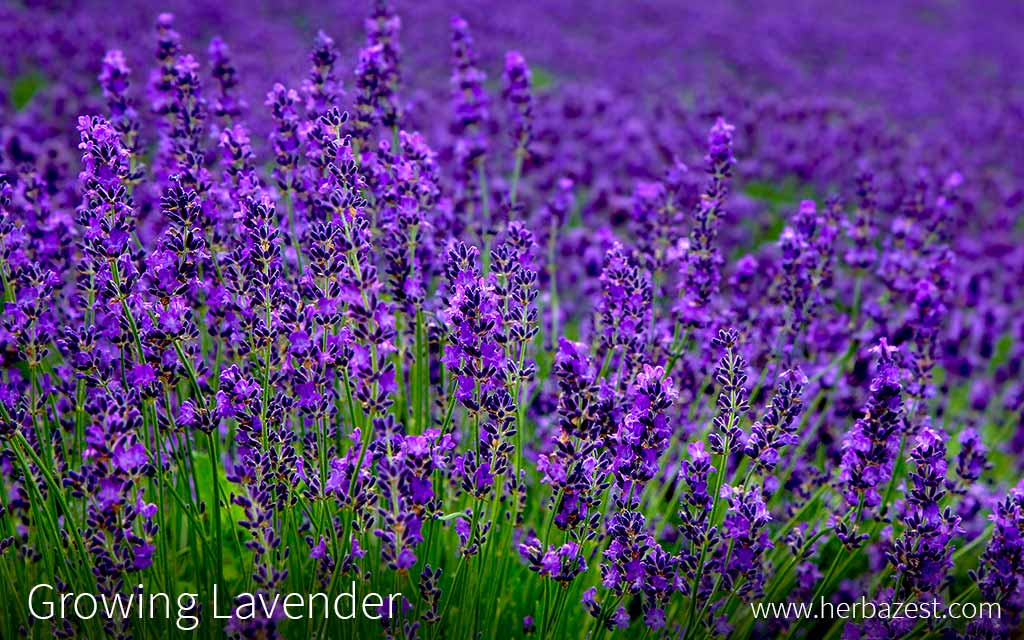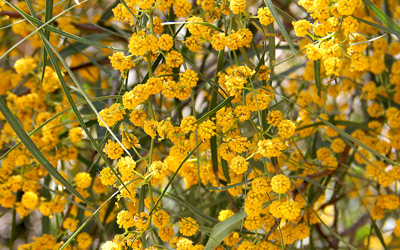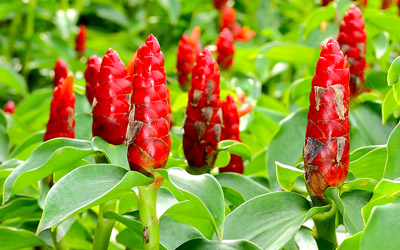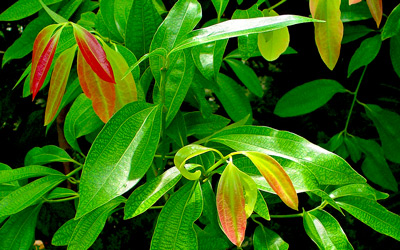Lavender is a hardy and ornamental shrub that thrives in tempered climates and it is quite easy to take care of. However, its optimal development depends on a variety of factors, such as sunlight, type of soil, and proper irrigation. The following growing guidelines provide useful information about how to cultivate lavender at home.
1. Preparing the Soil
The ideal location for growing lavender is an area with full-sun and well-draining, sandy soil. This is especially important during the winter months. If drainage is an issue, it is recommended to plant lavender in a raised bed or pot.
2. Planting
Planting Lavender Outdoors
To encourage lavender's growth, it can be planted alongside thyme.
While lavender can be cultivated by seed, an easier way to grow it is from root division or cuttings taken from the tips of the shoots. Plant the cuttings in a moist sand medium and transplant them once they have developed a good root system.
If growing lavender from seeds, it is advised to start the plants in seed trees and transplanting the seedlings once the root system in well-established. Alternatively, seeds can be planted in shallow drills directly in the garden. The soil should be kept moist until the seedlings are established. Keep in mind that the germination process can take approximately one to three months. For that reason, it is better to grow lavender from division or cuttings.
It is recommended to deadhead the lavender plant after its first bloom. This will encourage further blooming. It can also be pruned, except during the late summer.
Every two to three years lavender should be cut back about six inches (15 cm) in order to promote healthy growing. Since lavender plants do not have a very long lifespan, they may need to be replaced every 10 years.
3. Plant Care
Watering
Lavender is a drought tolerant plant. However, some irrigation is recommended for optimum growth. Lavender does not like to be overly-saturated, but an excessively dry soil can also damage the plant.
As a general rule, water new lavender plants immediately after planting and once or twice a week until the plant has become established. For mature plants, water only every two to three weeks until buds form, then increase to once or twice a week until harvest.
Fertilizing
There is no need to regularly fertilize lavender as it performs best in poor soils that are not too high in organic matter. Mixing a small amount of compost into the soil every year should be sufficient.
Weed Control
Weed control is especially important during the first two years. It is recommended to mulch around lavender plants with an inorganic material, such as rock or pea gravel. This will help to keep the crown of the lavender plant dry, prevent water retention, and reduce weed competition.
4. Pest & Disease Control
Pests
There are no major pests that are known to affect lavender plants.
Diseases
Vascular wilt is among the most common and destructive lavender diseases. It is characterized by wilting, drying, and browning of the lavender foliage and shoots, eventually leading to the death of the entire plant. The English varieties of lavender, with gray foliage and light-colored flowers, are more susceptible to vascular wilt than dark-flowered cultivars. Infected plants should be removed and destroyed, and one to two inches of the sand around the plants must be replaced in order to reduce the fungal pathogen.
5. Harvest
Lavender should be harvested in the early morning right before the flowers begin to open. This is when the spikes will have the strongest scent and highest concentration of oil. Pruning shears should be used to cut the stems as long as possible.
6. Storage
After being harvested, the lavender bundles must be hanged upside-down in a cool, dry, dark, well-ventilated area. Once dried, if not intended for immediate use, lavender must be stored in an airtight container and preserved in a cool, dark, dry place.





